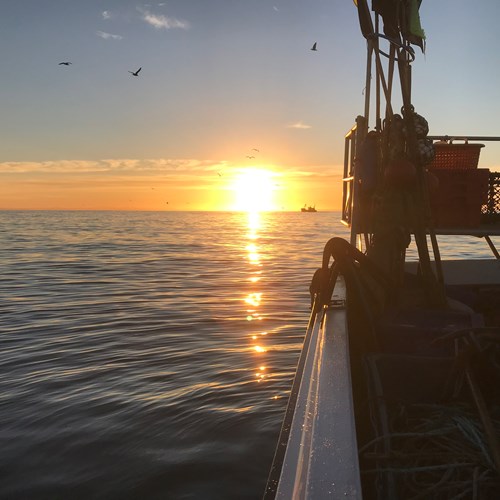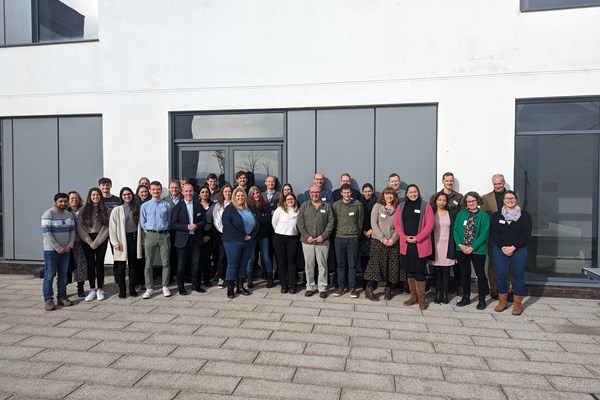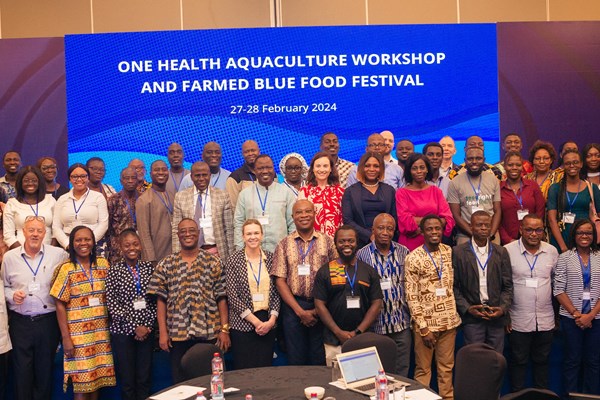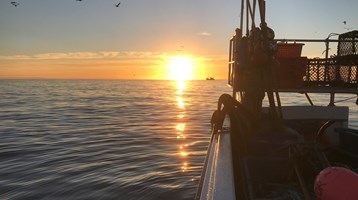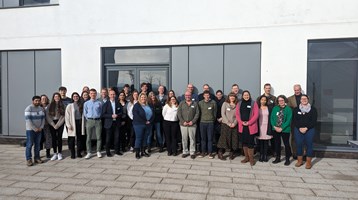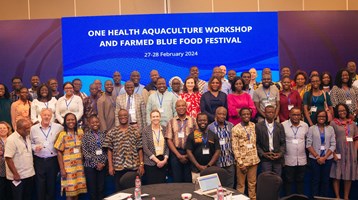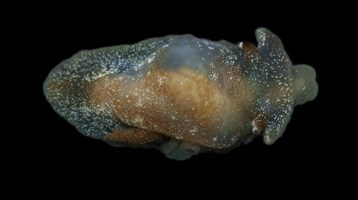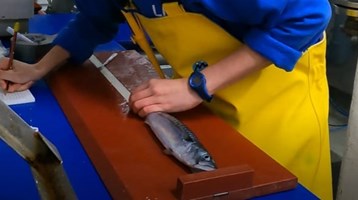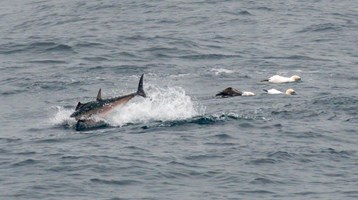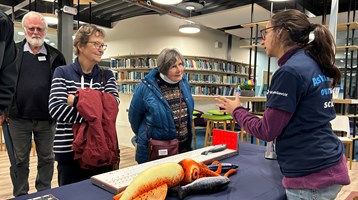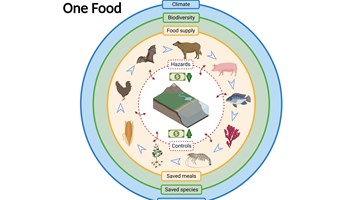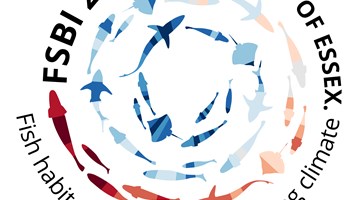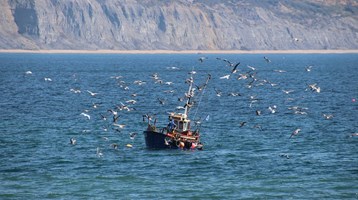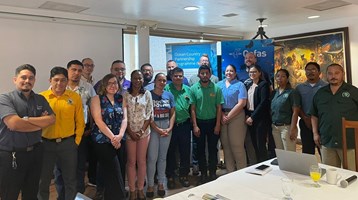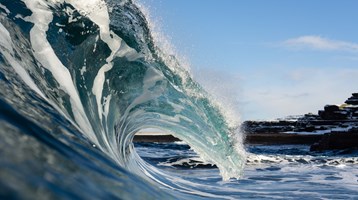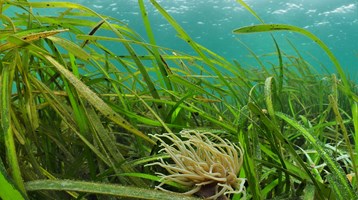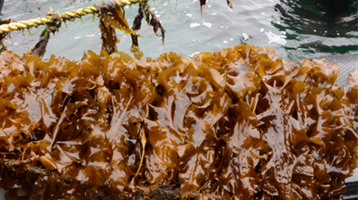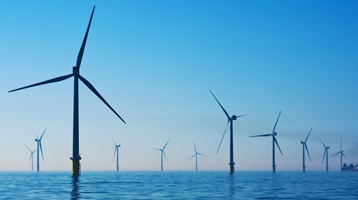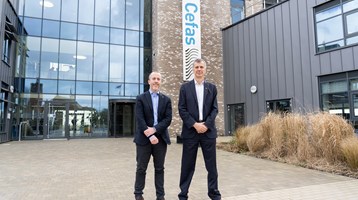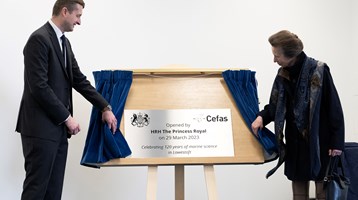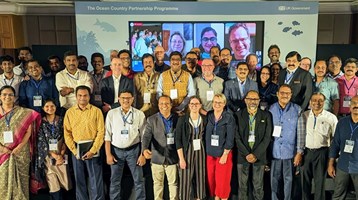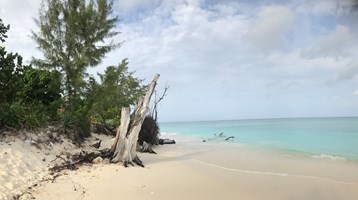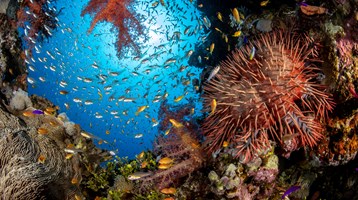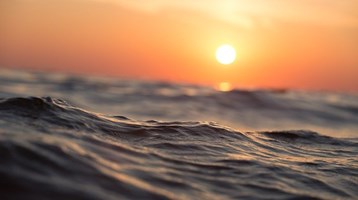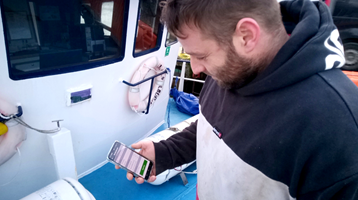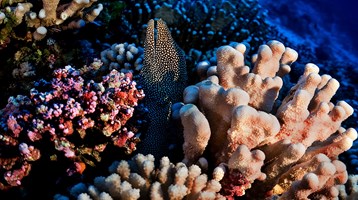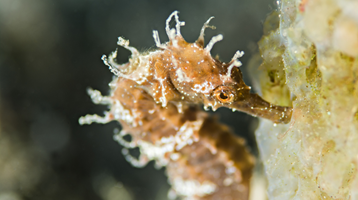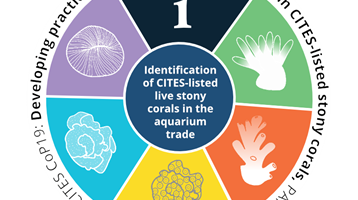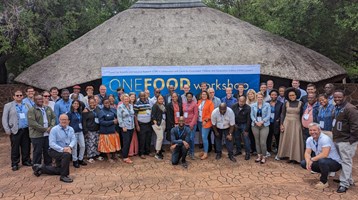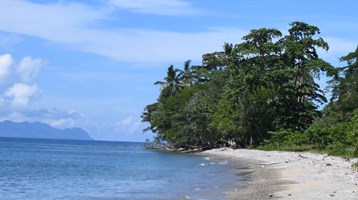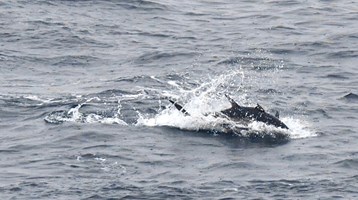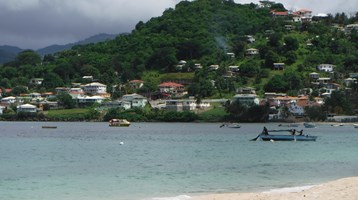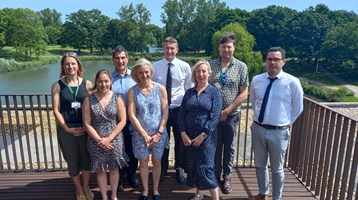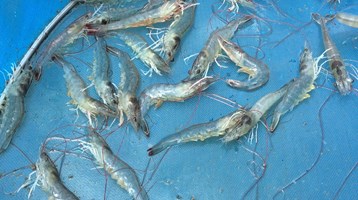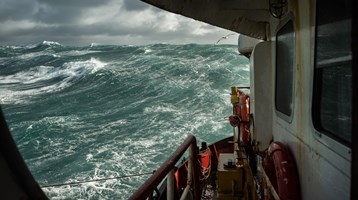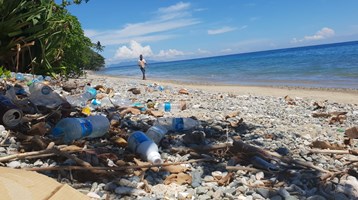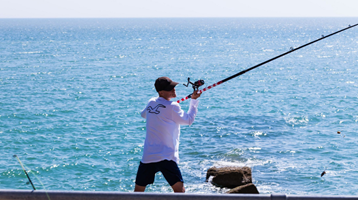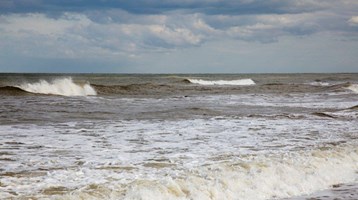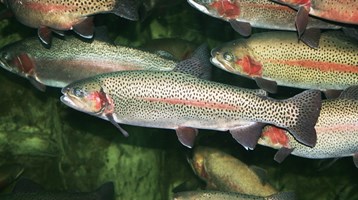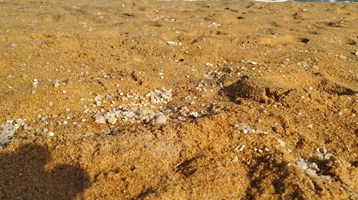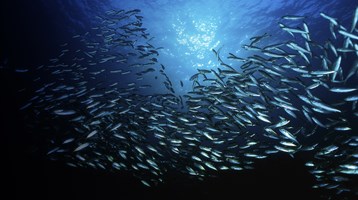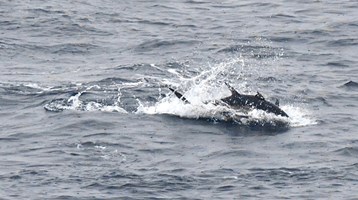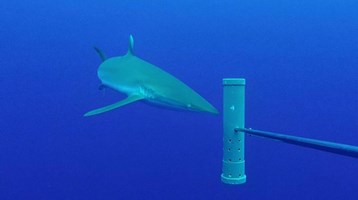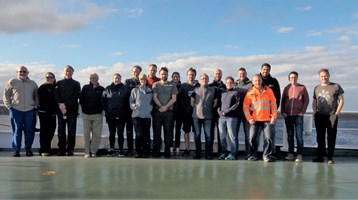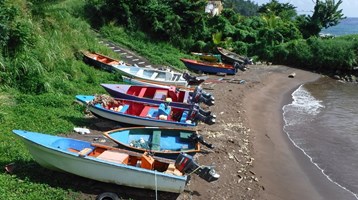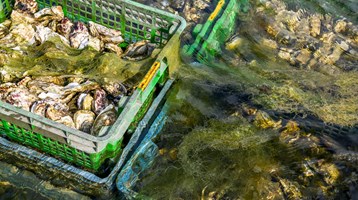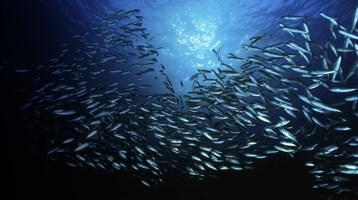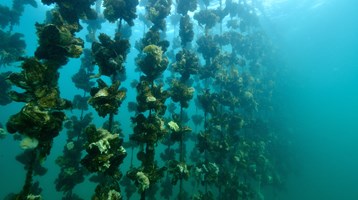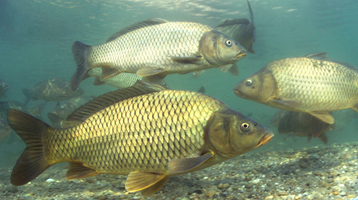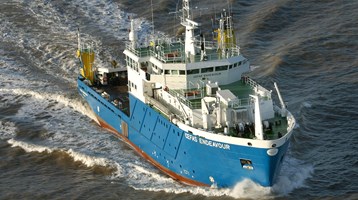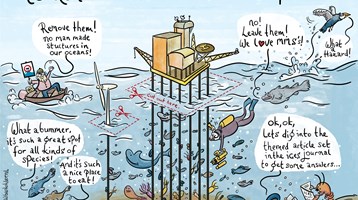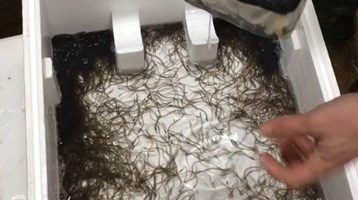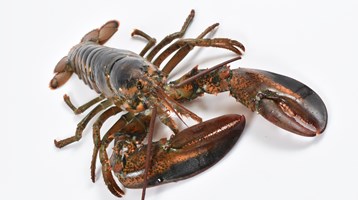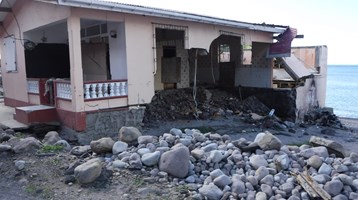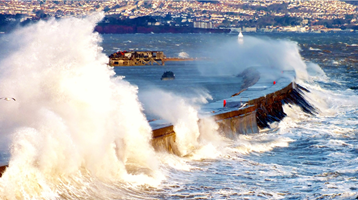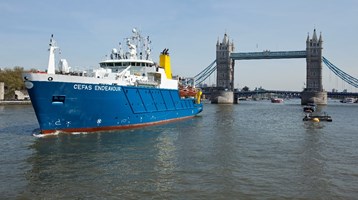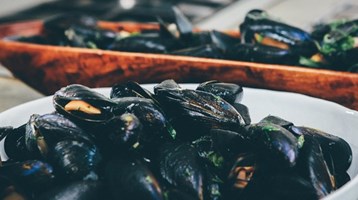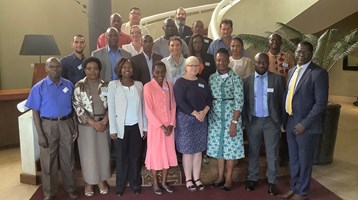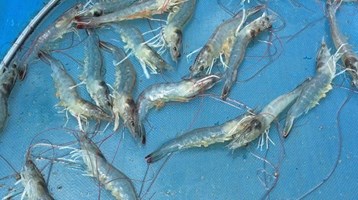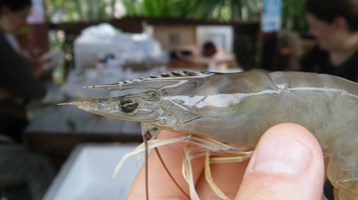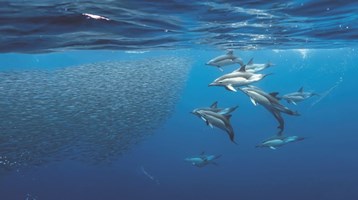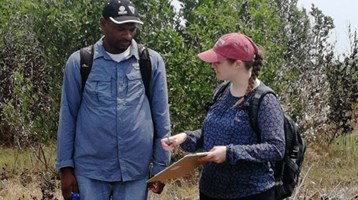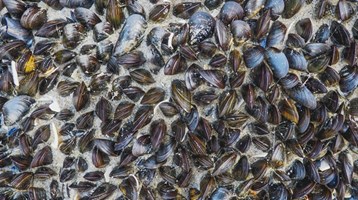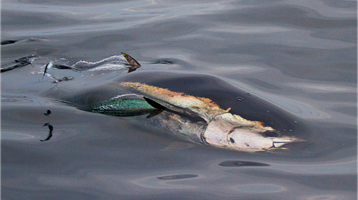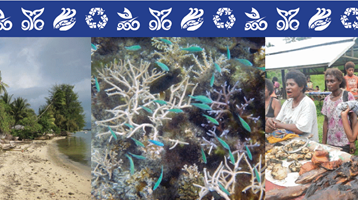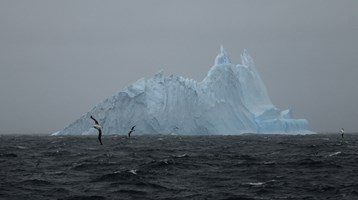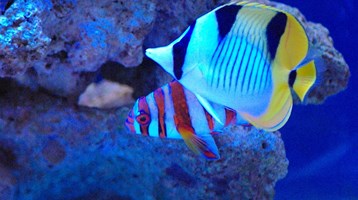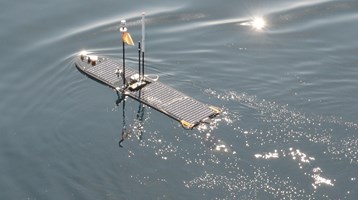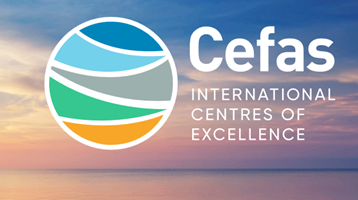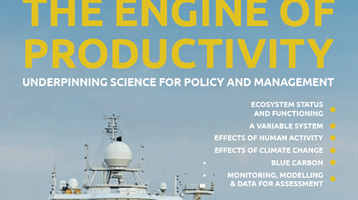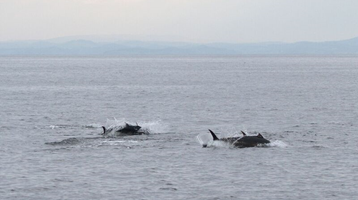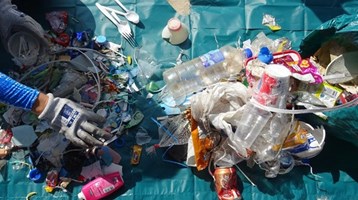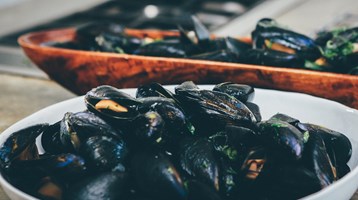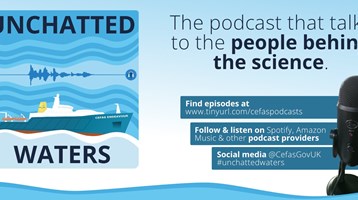Response to media coverage regarding Cefas’ Sizewell C advisory work
30 April 2021

Recent media coverage (such as in The Guardian, The Independent and East Anglian Daily Times) has cited campaigners’ estimates of circa 28 million fish dying per annum or 560 million over 2 decades, as a result of Sizewell C’s cooling system.
Does Cefas agree with the estimated fish mortality resulting from Sizewell C cooling systems?
The numbers mentioned in media coverage are not for Sizewell C alone and include the existing Sizewell B station. They are a considerable overestimate and do not tally with published assessments.
The number does not account for any of the mitigation measures currently in place at Sizewell B or additional measures proposed to reduce the losses of young fish at Sizewell C. These figures take no account of the fish recovery and return system and other mitigation measures that will be installed at Sizewell C. These reduce impingement and return impinged fish to the sea.
If we take account of the mitigation measures, then the average number of impinged fish at Sizewell C falls to less than 5 million per year, with an upper estimate (1 in 20 chance) of approximately 6.5 million per year. These figures represent approximately 20% of the number mentioned in the media coverage. Of these fish, the highest impingement numbers are for sprat and herring.
For sprat and herring, and after allowing for the effects of the mitigation measures, the losses are just 0.01 % of the adult population each year, a tiny fraction of the population size and of the natural variation in the numbers of adult fish from year and year.
What is the impact of fish impingement on fish stocks?
On the face of it, 5 million fish per year is a large number, but the essential context is that fish populations produce vast numbers of young.
Impinged fishes are dominated by the youngest fishes, which have very high mortality rates in the natural environment.
In practice, this means that only a very small proportion of the numbers of young fish that are impinged would have survived to contribute to adult spawning populations.
Populations of species such as sprat and herring in the North Sea produce hundreds of millions of young each year, so their style of reproduction is completely different from that of birds and mammals. Mortality of millions of young fish is a completely normal part of the life cycle.
Indeed, if every baby fish survived then fish numbers would increase by a thousand times or more with every generation.
Losses for the sprat and herring entrapped at Sizewell C, and after allowing for the effects of the mitigation measures are predicted to be just 0.01 % of the adult population each year, a tiny fraction of the population size and of the natural variation in the numbers of adult fish from year and year.
In the years when Sizewell B impingement was monitored and used to provide the data to predict Sizewell C impingement, the numbers of herring in the North Sea population averaged 73 billion, with 37 billion young fish joining the population each year. These figures compare with less than one million herring that are predicted to be impinged annually at Sizewell C with mitigation measures in place. Herring mortalities between ages 0 and 1 and 1 and 2 average 22 billion and 6.6 billion per year respectively, without considering any effects of Sizewell C.
For sprat, average population numbers were 173 billion fish, with 130 billion young fish joining the population every year. These figures compare with less than three million sprat that are predicted to be impinged annually at Sizewell C with mitigation measures in place. Sprat mortalities between ages 0 and 1 and 1 and 2 average 94 billion and 29 billion respectively, without considering any effects of Sizewell C.
There is no scientific evidence that the rates of impingement at Sizewell C will have a significant effect on population sizes and abundance trends of marine fishes.
What advice are you providing?
Our role on the Sizewell C project is to ensure that the marine evidence base is scientifically robust, to fully assess the potential marine impacts and, where feasible, to work with EDF engineers to reduce potential impacts by design optimisation. The proposed designs are assessed by the consenting authorities to determine their acceptability.
In undertaking work for EDF, we avoid conflicts of interest by not providing advice to government regulators on new nuclear developments. In the consenting process, all assessment methodologies and survey data are provided to regulators for their independent scrutiny and decision making.
It should be noted that throughout the Sizewell C application process, impingement predictions and mitigation efficiencies have been and will be subject to consultation with and scrutiny by the regulatory bodies as part of the Public Examination process. However, whilst the absolute numbers may be subject to change, the scale of change does not influence the assessment outcomes. Full details of impingement predictions without mitigation, and with each mitigation measure included sequentially, were provided in January 2021 as part of the Environment Statement Addendum and can be found here. These documents have been consulted upon and updated where required.
Related to this article
Topic
Case studies
People
News
Further Reading


Working for a sustainable blue future
Our Science

